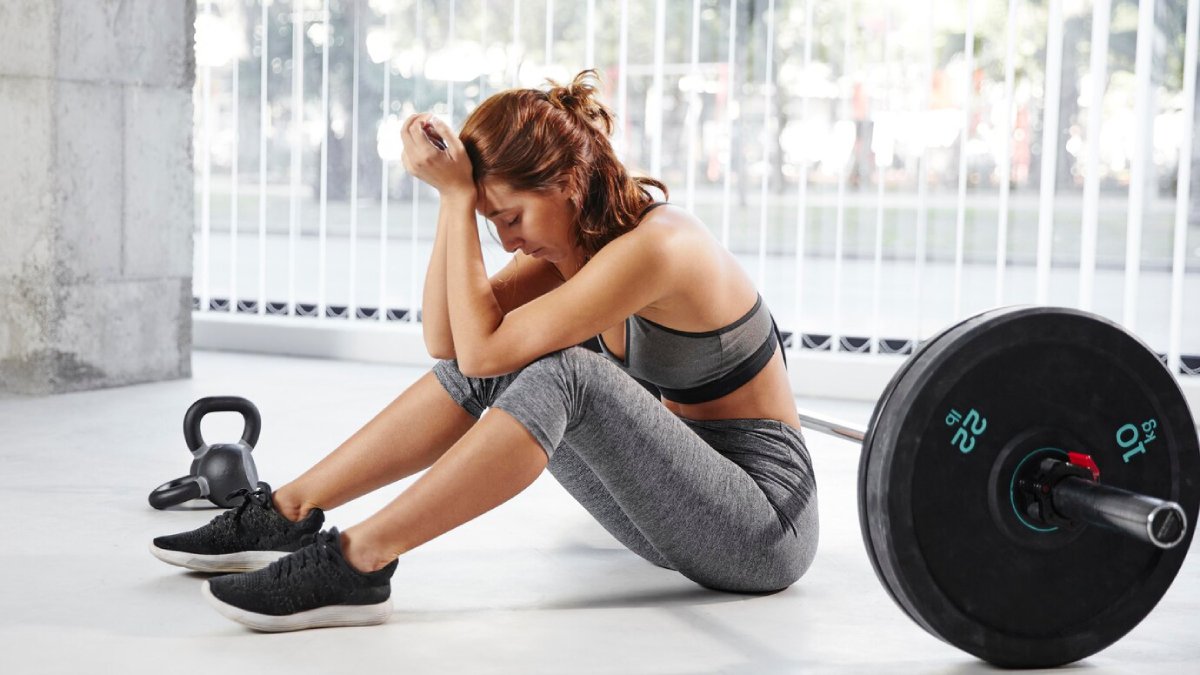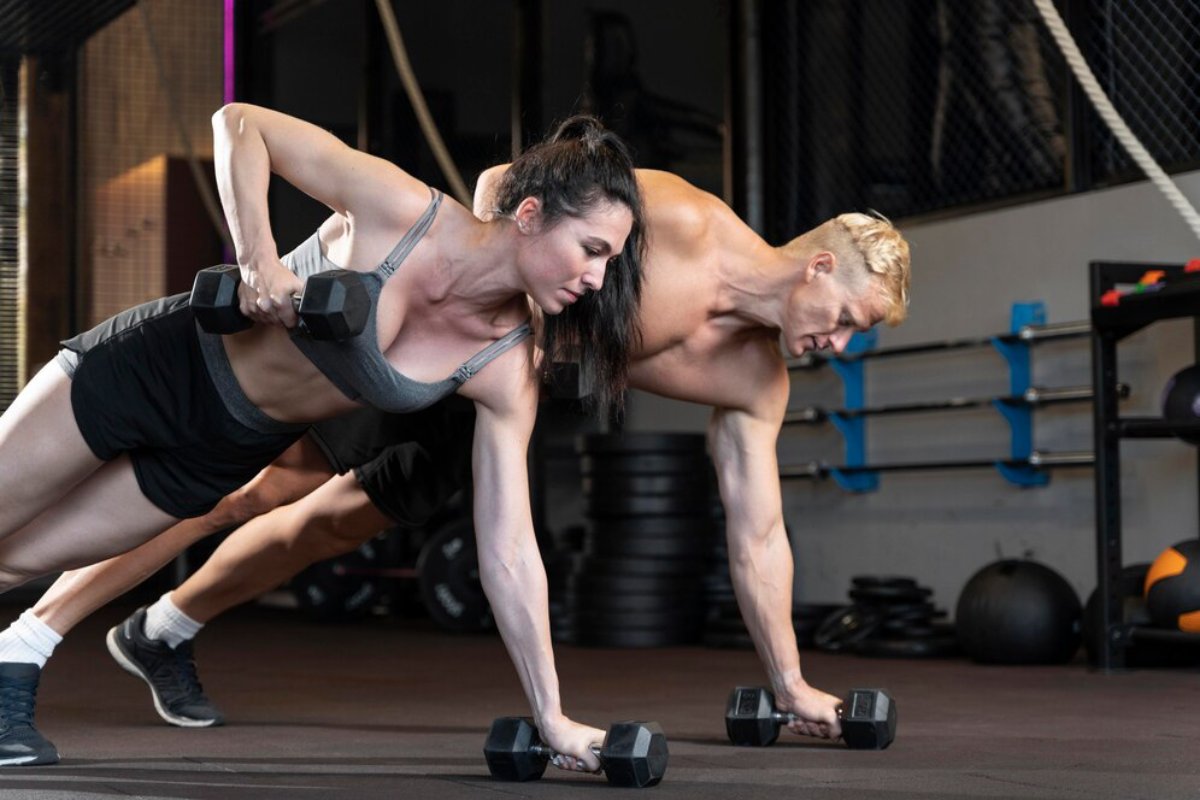
How to Build Explosive Strength with Plyometrics
In fitness and sports, power and performance are everything. Plyometric—or “jump”—training is the No. 1 way to increase explosive strength. These are exercises in which muscles apply maximum power in short bursts. It improves speed, agility, and performance in sports.
Plyometrics isn’t just for professional athletes. It benefits anyone who wants to boost their physical performance, from weekend warriors to gym rats. If you elevate sports performance, improve agility, or develop strength, plyometrics can add fruitfulness to your workout routine.
Key Benefits of Plyometric Training

1. Enhanced Athletic Performance
Plyometric exercises improve power. They help athletes jump higher, run faster, and change direction quickly. This is crucial in sports like basketball, soccer, and football.
2. Increased Muscle Power
Plyometric training targets fast-twitch muscle fibres, which produce rapid, powerful movements. This mix of strength and speed leads to better performance in various activities.
3. Improved Coordination and Agility
Plyometric exercises require good neuromuscular coordination. They enhance balance, reaction time, and movement efficiency. This is beneficial for both sports and everyday tasks.
4. Boosted Metabolism and Fat Loss
Plyometric training is high-intensity, raising heart rate and metabolism. This helps burn more calories, promoting fat loss and improving cardiovascular endurance.
5. Injury Prevention
Strengthening muscles, tendons, and ligaments through plyometrics lowers the risk of injuries, especially from sudden movements or unstable landings.
Quick Guide for Plyometric Training

Step 1: Preparation and Warm-Up
Before starting plyometrics, preparation is key. A good warm-up boosts blood flow, increases flexibility, and lowers injury risk.
Dynamic Stretching
- Leg Swings: Swing one leg forward and backwards to loosen hip flexors.
- Arm Circles: Make controlled circles to warm up shoulders.
- Torso Twists: Rotate your upper body side to side for spinal mobility.
Light Cardio
Do 5-10 minutes of light cardio, like jogging or skipping, to get your blood circulating and activate your muscles.
Joint Mobilization
Focus on warming up the joints you’ll use in plyometrics, especially the ankles, knees, and hips. This helps improve your range of motion, mobilise you and prevent stiffness.
Step 2: Core Plyometric Exercises
Once warmed up, start with basic plyometric exercises to build explosive power.
Jump Squats
- Execution: Stand with feet shoulder-width apart, squatting and jumping up explosively. Land softly and go right into the next rep.
- Repetitions: Do three sets of 10-15 reps.
Box Jumps
- Execution: Stand in front of a sturdy box. Jump onto the box with both feet, land softly, and then step back down.
- Repetitions: Complete three sets of 8-12 reps.
Lateral Bounds
- Execution: Stand on one leg and jump sideways, landing softly on the opposite leg. Repeat in the other direction.
- Repetitions: Do three sets of 10 bounds per side.
Burpees
- Execution: From standing, drop into a squat, place hands on the ground, kick feet back to a plank, do a push-up, then jump back to start.
- Repetitions: Aim for three sets of 8-10 reps.
Pro Tip: Focus on soft landings to protect your joints and improve efficiency.
Step 3: Progression and Variation
As you get comfortable with basic movements, increase workout intensity and complexity.
Increase Intensity
- Gradually jump higher or move faster for a more significant challenge.
- Shorten rest time between sets to keep the intensity high.
Incorporate Weighted Plyometrics
- Use a weighted vest or light dumbbells for added resistance.
- Try resistance band-assisted jumps for more difficulty.
Combine Exercises
- Create circuits that mix different plyometric moves to keep workouts fresh.
- Alternate upper and lower body exercises for a full-body workout.
Important Tip: Advanced athletes can add single-leg plyometric drills for more balance and coordination challenges.
Additional Expert Tips & Common Mistakes to Avoid
Best Practices for Plyometric Training
- Prioritise Form Over Speed: Focus on proper form to prevent injuries.
- Allow Adequate Recovery: Rest days are essential for muscle recovery.
- Listen to Your Body: Stop if you feel pain, and reassess your technique.
Common Mistakes in Plyometric Training
- Skipping Warm-Ups: A proper warm-up is crucial for preparing muscles.
- Overtraining: Too much plyometrics can lead to fatigue and injury. Limit sessions to 2-3 times per week.
- Poor Landing Mechanics: Landing with locked knees or lousy posture can stress joints. Always land softly with bent knees.
Advanced Insights & Expert Recommendations
Taking Plyometric Training to the Next Level
Integrate Plyometrics with Strength Training
Mix traditional strength training (e.g., squats, deadlifts) with plyometric drills to improve power and performance.
Focus on Sport-Specific Drills
Tailor plyometric exercises to your sport’s demands. For example:
- Basketball Players: Depth jumps are used to improve vertical leaps.
- Sprinters: Bounding drills for enhancing acceleration.
Utilise Technology
Wearables and fitness apps can track jump height, speed, and power output. Force plates measure ground reaction force to refine the technique.
Seek Professional Guidance
A qualified coach or trainer can provide feedback and help with plyometric programming.
Secret Tip: Film your movements to check and improve your form.
FAQs
1. How often should I do plyometric training?
2-3 times per week is best for muscle recovery.
2. Can beginners do plyometrics?
Yes, but start with low-impact exercises like step-ups before trying jumps.
3. Is plyometric training only for athletes?
No, anyone looking to improve strength, agility, and conditioning can benefit.
4. What is the best surface for plyometric training?
A shock-absorbing surface like rubber flooring or grass is best to reduce joint impact.
5. Should plyometrics replace traditional weight training?
No, plyometrics should complement, not replace, strength training for balanced development.
Elevate Your Performance with Plyometrics

Plyometric training is a highly effective way to develop explosive strength, improve athletic performance and gain general fitness. If you’re a trained competitive athlete or just looking to improve your physical performance, plyometrics can be life-changing.
Key Takeaways:
- Plyometrics develops power, speed, and coordination.
- Always warm up properly and use the correct technique for safety!
- Adjust the intensity slowly to prevent plateaus and keep workouts challenging.
Adding plyometrics to your routine allows you to reach new levels of strength and agility


